Montreal’s beloved Parc Jean-Drapeau, island site of Expo 67 almost 55 years ago on the St. Lawrence River, will be undergoing a dramatic $1-billion transformation over the next eight years with major works set to launch in the next year.
With the master plan approved by the City of Montreal earlier this year after a three-year planning process, the park’s managing agency, the Societe du parc Jean-Drapeau, will be embarking on a detailed design to flesh out a new vision for the park and overseeing dozens of large and small projects spread out over its two islands.
Jonathan Cha, the society’s principal planning adviser, explained the 662-acre park, with its multitude of attractions such as the Montreal Casino, the Biosphere (housed in the Buckminster Fuller-designed geodesic dome of Expo renown), the La Ronde amusement park and the Gilles Villeneuve Formula 1 racetrack and paddock, was nonetheless a victim of long neglect, with much of the $970 million targeted for its redevelopment slated to be spent on structural rehab.
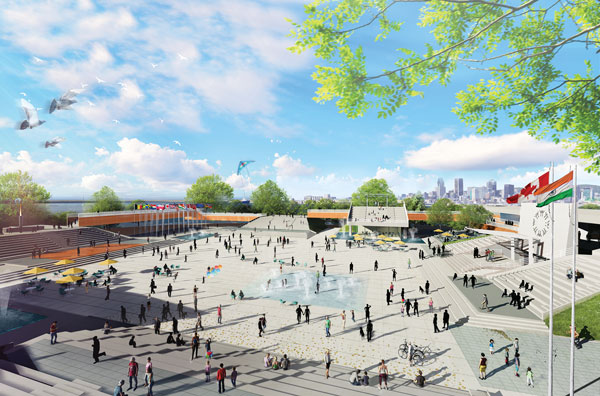
The planning process identified new guiding principles were needed, with respect for the park’s ecological traditions and opportunities to be at the forefront of future upgrades in addition to heritage, diversity, innovation and inclusion goals. The park will become car-free.
“We evaluated all the different heritages that we identified and especially the one from Expo 67 in the master plan and in the designs that we did,” said Cha, who worked closely with a team of 20 designers representing several firms including Nippaysage and Real Paul Architecte on the master plan.
“We tried to find a way to enhance all these areas…We focused on a few places where we really want to feel the sense of place of it. Folks will find this in the new park but also they will find a contemporary park.”
Financing is still being put in place but Cha said the City of Montreal has committed to about half of the costs, with other levels of government asked to contribute and strategic private funding also being sought.
When the master plan was approved in April, Montreal Mayor Valerie Plante stated, “The plan we are submitting will allow for a better balance between its natural and recreational features, thanks to developments that highlight its historical character while protecting this priceless natural environment. The master plan…is directly linked to our goal of establishing a network of parks that will be the envy of the world.”
Some 6,000 Montrealers actively participated in the design process and Cha said there was substantial appetite for conservation of the natural areas of the islands and enhancing access with new walkways and passive spaces.
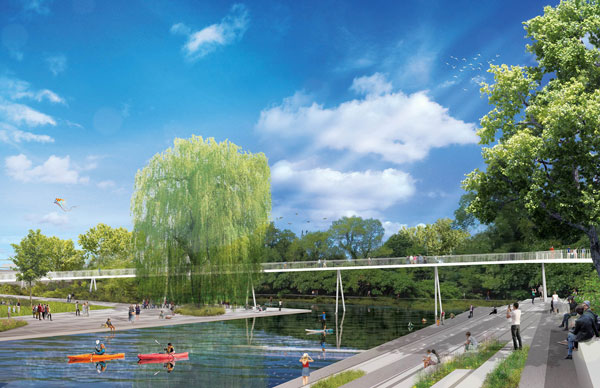
The new direction represents a change of pace from recent projects, including construction of a 68,000-seat outdoor amphitheatre and erection of the new Formula 1 paddock, together valued at $130 million. Eight million people visited the park in 2017.
“Now we want to create spaces that people will just walk and bike and do the more typical activities that we find usually in large parks,” Cha said. “Sustainable development, climate change, conservation, social implications, all these aspects are included in the master plan, it’s the new reality.”
First out of the gate in 2022 to 2024 will be redevelopment of the Plaines des Jeux park space and revitalization of the multi-level Place des Nations agora, the flag-bedecked gathering space from Expo 67.
The master list of projects the owner aims to see undertaken by 2030 contains 31 works, ranging from the new $212-million multiuse Jacques Cartier building and the $67-million upgrade to the Biodome and Helene-de-Champlain pavilion to the $92-million redevelopment of the Cosmos walkway.
Other important projects include a 15-kilometre shoreline promenade; re-establishment of the tree canopy at Lac des Cygnes; rehabilitation of waterways including the canals on Ile Notre-Dame to make them accessible for watersports; and a new Ile-Ste-Helene ferry station.
A system of elevated walkways will also evoke images of the monorail system at Expo 67 and offer a new way to experience the park, Cha said.
Cha admits plans could change as more detailed design work is done and given that there will be work being undertaken at so many levels.
“Things could change over time, but the goal is to remain more or less in the average of a decade, especially for the main infrastructure,” he said. “There will also be thousands of actions in the action plan of the strategic framework.”
Follow the author on Twitter @DonWall_DCN.


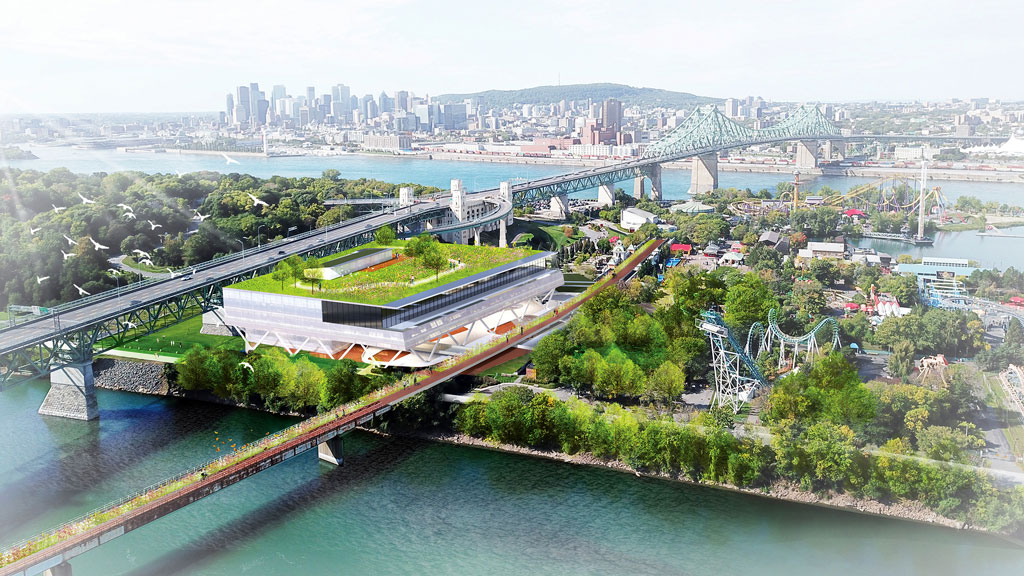


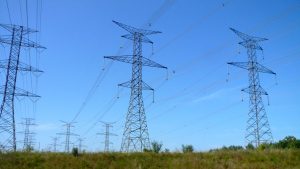
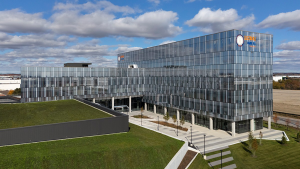
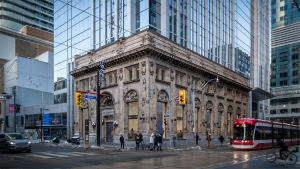
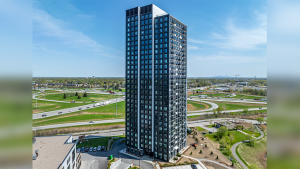
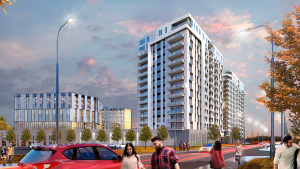

Recent Comments